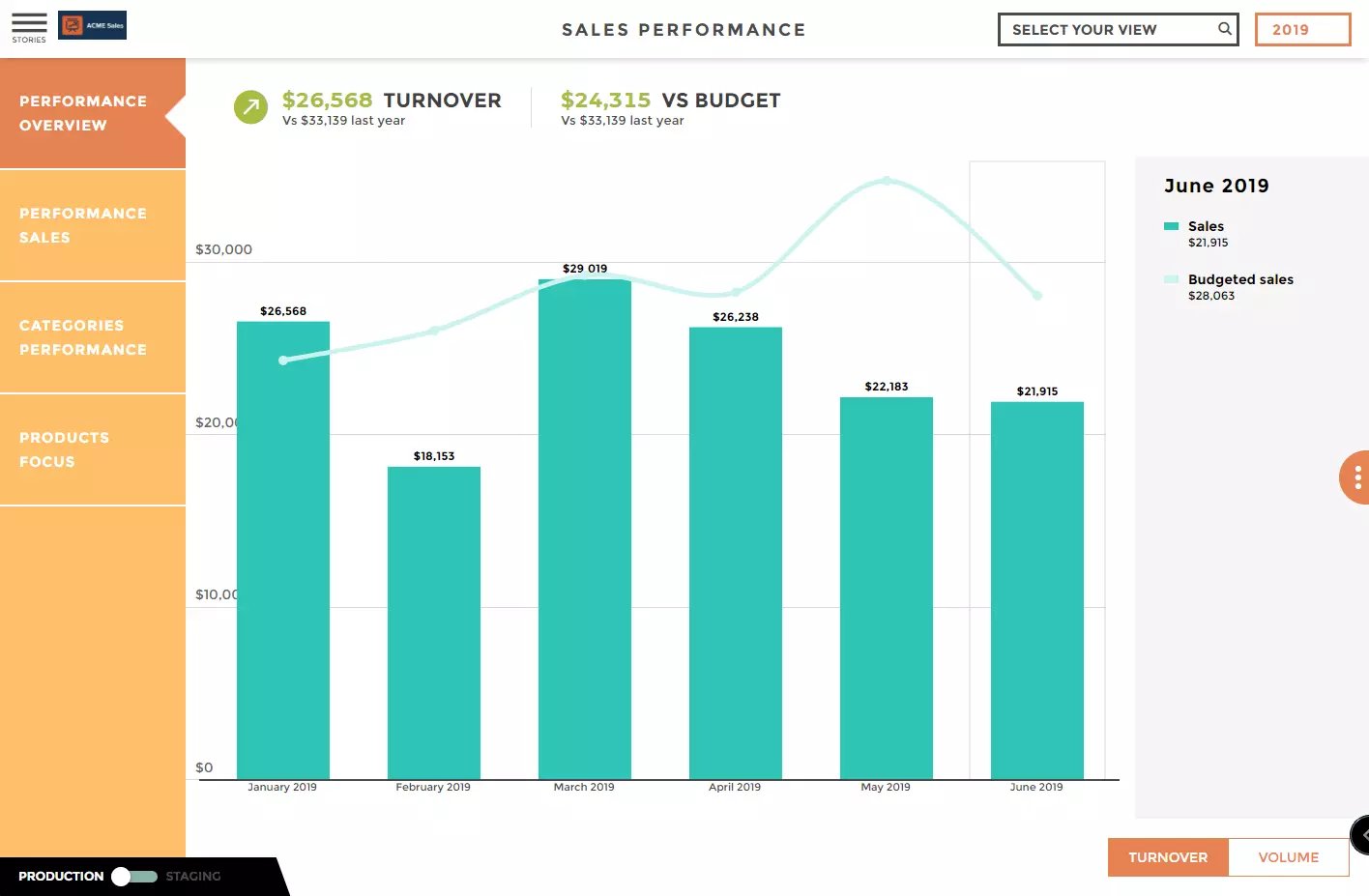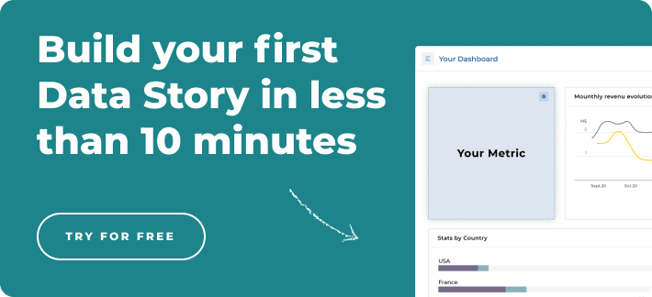Sales Growth: the What’s, Why’s, and How’s
Business success can be measured in a lot of ways, yet whether you judge it by brand awareness, market valuation, or something else entirely, one thing that is generally indicative of success is clear: a high sales growth rate.
The sales growth can seem to be *shock* *shock* yet another additional sales metric to track, but we believe it's one of those sales management KPIs that’s well worth understanding. Read on to find out more about sales growth rates, resources you can use to improve yours, and more!
So what is a sales growth rate anyways?
The sales growth rate is, generally speaking, a measure of a company's ability to generate sales revenue over a given period of time.
Seems simple enough, right?
It’s important to consider, however, that sales growth isn’t just useful for the obvious reason of evaluating your sales successes and failures as a team. It’s also something that investors look at to gauge opportunities. Sales growth rates can indicate stagnation or, more optimistically, that you’re really starting to take off.
For these reasons, amongst others, it’s important to drive home the fact that sales growth is a key indicator of financial health, especially for growing businesses, and that knowledge of how to calculate and improve it will undoubtedly come in handy.
So, while there are a few generally accepted “best measures” of financial health, sales growth shouldn’t be ignored.
Strong sales growth, however, is almost always relative. Here are some of the main factors to consider to determine what “success” means for you:
- Competition, as we mentioned, should influence (at least to some degree) what you consider as a “good” sales growth rate. Especially if you operate in an environment with direct competition, it’s probably a good idea to understand the growth that your competition has, which you can use to inform and evaluate your own.
- Company size also holds a lot of influence when it comes to sales growth rate and what one might consider “successful”. Smaller companies, for example, are likely to have higher growth rates than their more established counterparts (who are more susceptible to plateaus in sales growth once they approach maturity). Additionally, smaller businesses often should care more about growth. Why? Because they’re going to be affected more drastically by fluctuations in growth rates than more established, financially stable organizations.
- KPIs and goals which, based on your context, are going to affect what success looks like. Things like the macroeconomic environment will influence goals (for sales and sales growth), and might differ quite significantly from your competitors. If you haven’t, for example, been closing successfully despite a promising pipeline (i.e. a low sales win rate), it might make sense to focus more on product and process optimization than it would on pipeline development. This could lead to a lower growth rate over the time period over which you’re evaluating, even though it will likely pay dividends in the future.
How to calculate sales growth
Calculating sales growth is fairly straightforward once you know your revenue over the current and previous time periods that you’re evaluating.
The formula for calculating sales growth rate is:

The main thing to consider when calculating sales growth rate is typically the time period.
While you can calculate sales growth over any desired period, it’s generally most helpful to look at these sorts of figures over time.
For example, average annual sales growth rates viewed side-by-side are going to tell a much more impactful data story than would a single period’s growth rate analyzed in isolation.
How can we improve sales growth?
There are tons, and we mean tons, of ways to improve sales growth, many of which will be specific to your context. However, here are some strategies that are relevant for most any use-case:

- Know where you’re at! By understanding your current growth rates and sales management KPIs, you’ll be better set up for course correction and/or optimization. Understand whether the KPIs you’re tracking are aligned across teams (e.g. between marketing and sales) and motivating for your sales team. Are gross sales and net sales increasing?
- Cross-sell! Selling other products to existing customers is, simply put, a lot easier than acquiring net-new customers. You can use customer knowledge to not only provide your valued based with a better experience, but also to improve sales growth!
- Train! Not the choo-choo kind. We mean more training for your team. Providing continual education and growth opportunities can help to not only increase your teams’ motivation and desire to succeed, but can increase your closure rates as well as the customer journey, all of which are positive signs for improved sales growth.
- Focus! Identifying your most successful product lines and/or markets can help you understand if expansion is the right move, or whether your efforts might be better spent focusing on addressing your current market (which might still have a lot of untapped potential).
- Know thy customer! When you truly understand your customers’ needs and are able to highlight the features in your products/services that make their lives easier, higher sales growth naturally follows.
Guided analytics for sales growth
Tracking and optimizing key sales metrics is one of the most important factors behind driving consistent sales growth, especially in the modern context.
Yet while the importance of data and analytics is widely accepted, today's users aren't getting the value they expect from their investments in analytics.
That's largely because, in our attempt to make analytics fast, powerful, all-seeing, and all-knowing, we've also made them incredibly hard to use. So complex that only experts can make something of their data.
It's vital, therefore, that analytics are made easier for business people (and sales teams). That's what we call Guided Analytics: analytics that assist users in understanding data and using that data to collaborate and drive results.
Some of the things to look for when considering guided analytics for sales teams?
- Get your team on the same page: look for ways to consolidate all your data sources in a single source of truth so you can monitor real-time, clear, and automatically updated performance, forecast and pipeline generation metrics at all seniority levels. That means less time spent reporting and more spent coaching, leading and closing.
- Access, access, access: make sure you can access reports instantly from any device and any format: from smartphones to large display screens, and from fully dynamic dashboards to PDFs sent by email.
- Collaborate: try to enable data-driven conversations with built-in collaborative environments!



